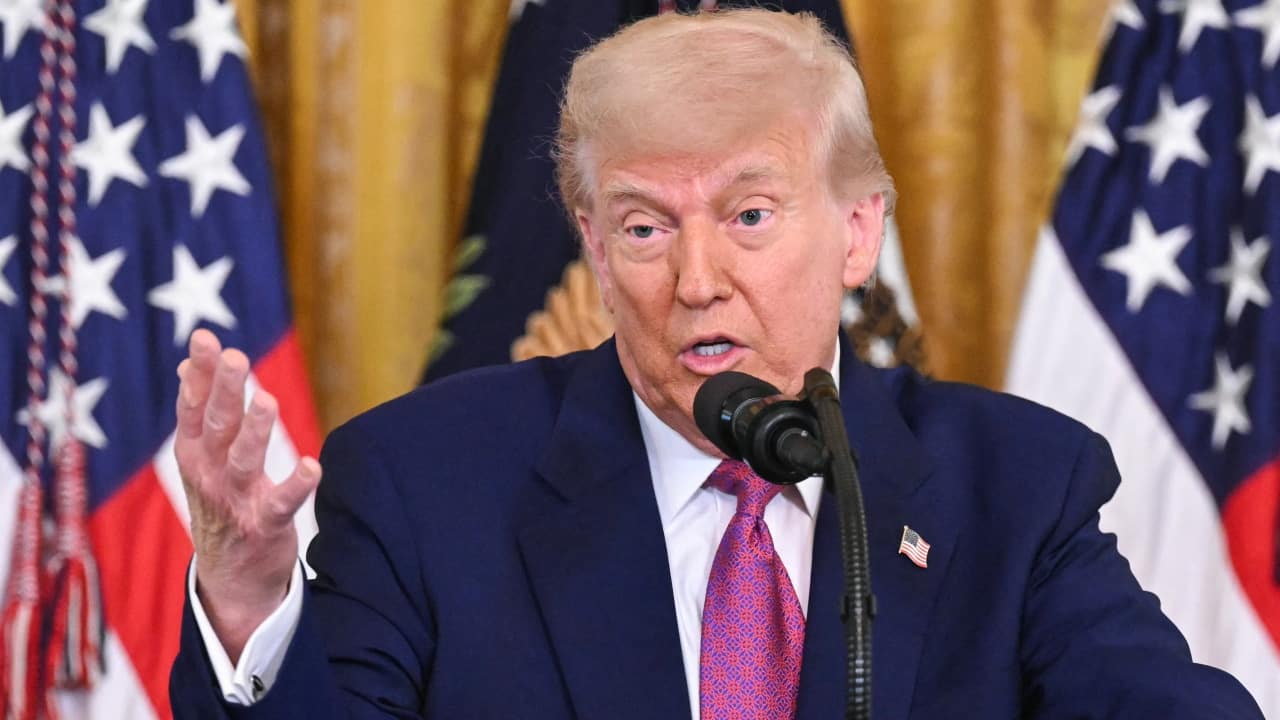World
India’s Tariff Reduction Surpasses Global Trends, Analysis Shows

India’s trade landscape has undergone a significant transformation, with its weighted mean tariff dropping to 4.6 percent in 2022. This figure positions India below the global median, according to an analysis by Moneycontrol based on data from the World Bank. Out of 144 economies examined, India ranks 64th, boasting lower tariffs than several of its South Asian neighbours and partners in the BRICS group, including Bangladesh, Pakistan, and Brazil.
This data challenges the narrative from the United States, which has labelled India as a “tariff king.” Currently, the U.S. imposes a 25 percent duty, plus penalties, on Indian exports, whereas it applies only a 20 percent duty on Bangladesh and a 10 percent duty on Brazil. The implications of these tariffs underline a complex relationship between the nations, particularly in light of India’s substantial tariff reductions.
Historical Context of India’s Tariff Reduction
India’s commitment to lowering tariffs is underscored by a remarkable reduction of over 80 percent between 2001 and 2022. In comparison, tariffs in the European Union decreased by 61 percent, while Thailand saw a reduction of 56 percent during the same timeframe. The historical context reveals a pattern of liberalisation that began in 1991, when India’s average tariff rate stood at a staggering 80.9 percent. Following economic reforms, this rate decreased to 56 percent and further to 33 percent by 1999, ultimately reaching its current level.
The weighted average tariff, which provides a more accurate reflection of India’s trade structure, has plummeted from 56 percent in 1990 to 4.6 percent today. This sharp decline from 7.3 percent to 4.6 percent in just the last decade illustrates India’s ongoing push towards a more open and competitive trade environment.
Trade Relations and Future Implications
Despite ongoing global protectionism and geopolitical tensions, India’s trade policy remains focused on long-term liberalisation. This is evident in recent developments where retaliatory tariffs on key American agricultural exports, such as apples, walnuts, and almonds, were lifted in 2023 following the resolution of disputes at the World Trade Organization (WTO).
These changes signal a shift in international trade dynamics and highlight India’s role as a significant player in global markets. As India continues to balance its domestic priorities and strategic sectors, the effects of its reduced tariffs may resonate beyond its borders, influencing trade relationships and economic growth worldwide.
-

 World5 months ago
World5 months agoSBI Announces QIP Floor Price at ₹811.05 Per Share
-

 Lifestyle5 months ago
Lifestyle5 months agoCept Unveils ₹3.1 Crore Urban Mobility Plan for Sustainable Growth
-

 Science4 months ago
Science4 months agoNew Blood Group Discovered in South Indian Woman at Rotary Centre
-

 World5 months ago
World5 months agoTorrential Rains Cause Flash Flooding in New York and New Jersey
-

 Top Stories5 months ago
Top Stories5 months agoKonkani Cultural Organisation to Host Pearl Jubilee in Abu Dhabi
-

 Sports4 months ago
Sports4 months agoBroad Advocates for Bowling Change Ahead of Final Test Against India
-

 Science5 months ago
Science5 months agoNothing Headphone 1 Review: A Bold Contender in Audio Design
-

 Top Stories5 months ago
Top Stories5 months agoAir India Crash Investigation Highlights Boeing Fuel Switch Concerns
-

 Business5 months ago
Business5 months agoIndian Stock Market Rebounds: Sensex and Nifty Rise After Four-Day Decline
-

 Sports4 months ago
Sports4 months agoCristian Totti Retires at 19: Pressure of Fame Takes Toll
-

 Politics5 months ago
Politics5 months agoAbandoned Doberman Finds New Home After Journey to Prague
-

 Top Stories5 months ago
Top Stories5 months agoPatna Bank Manager Abhishek Varun Found Dead in Well









